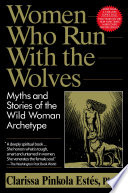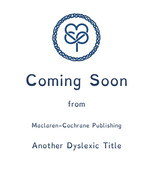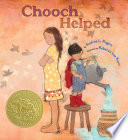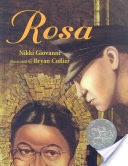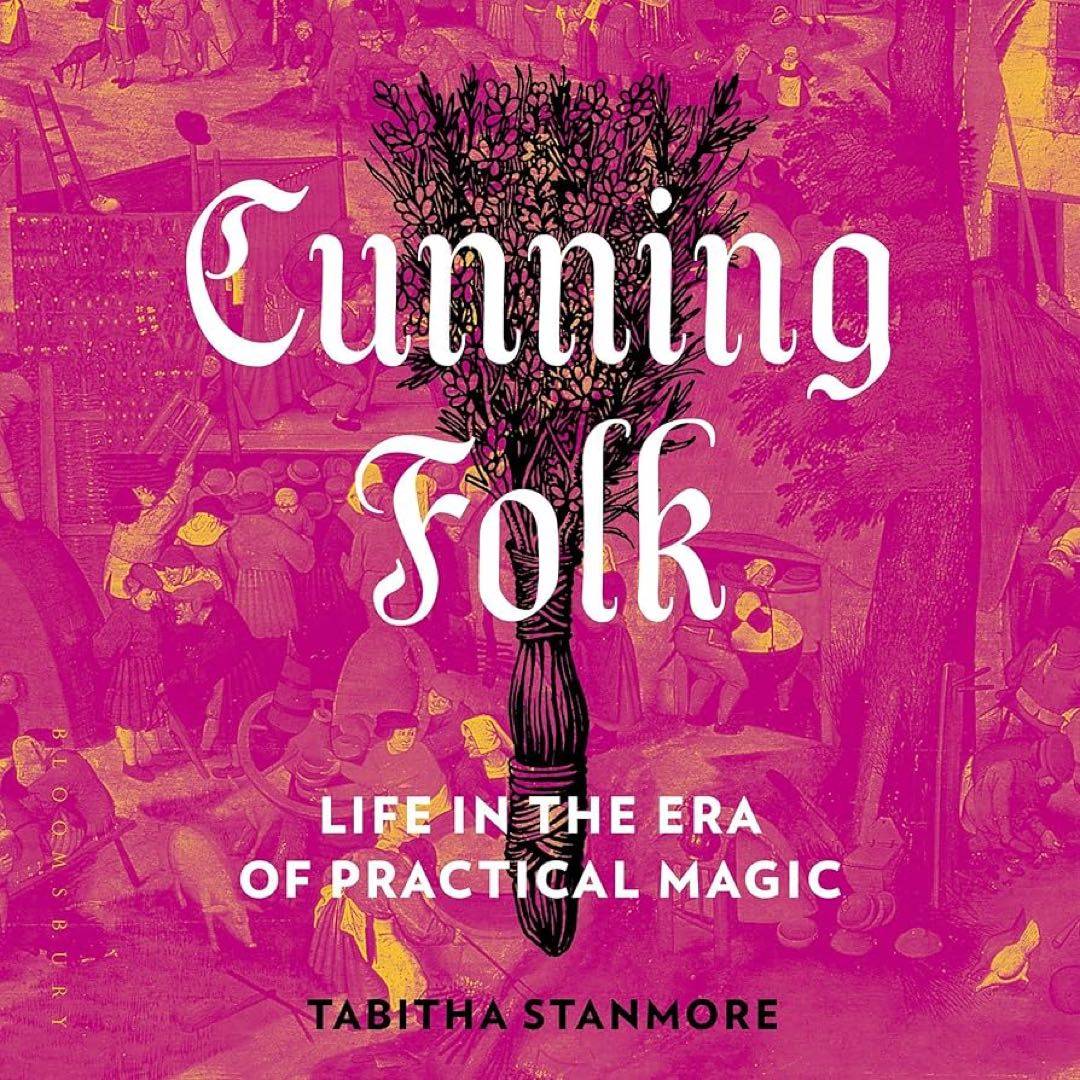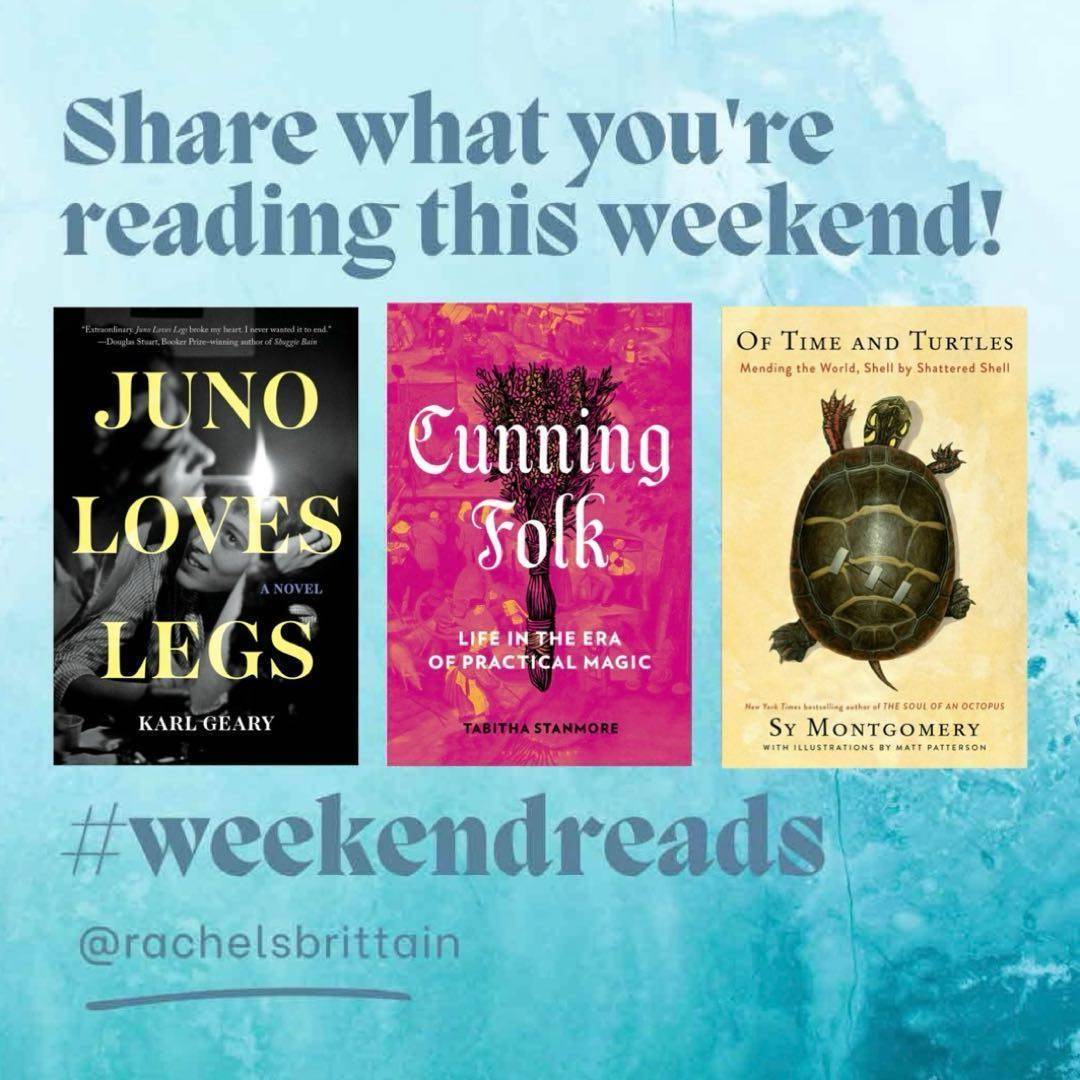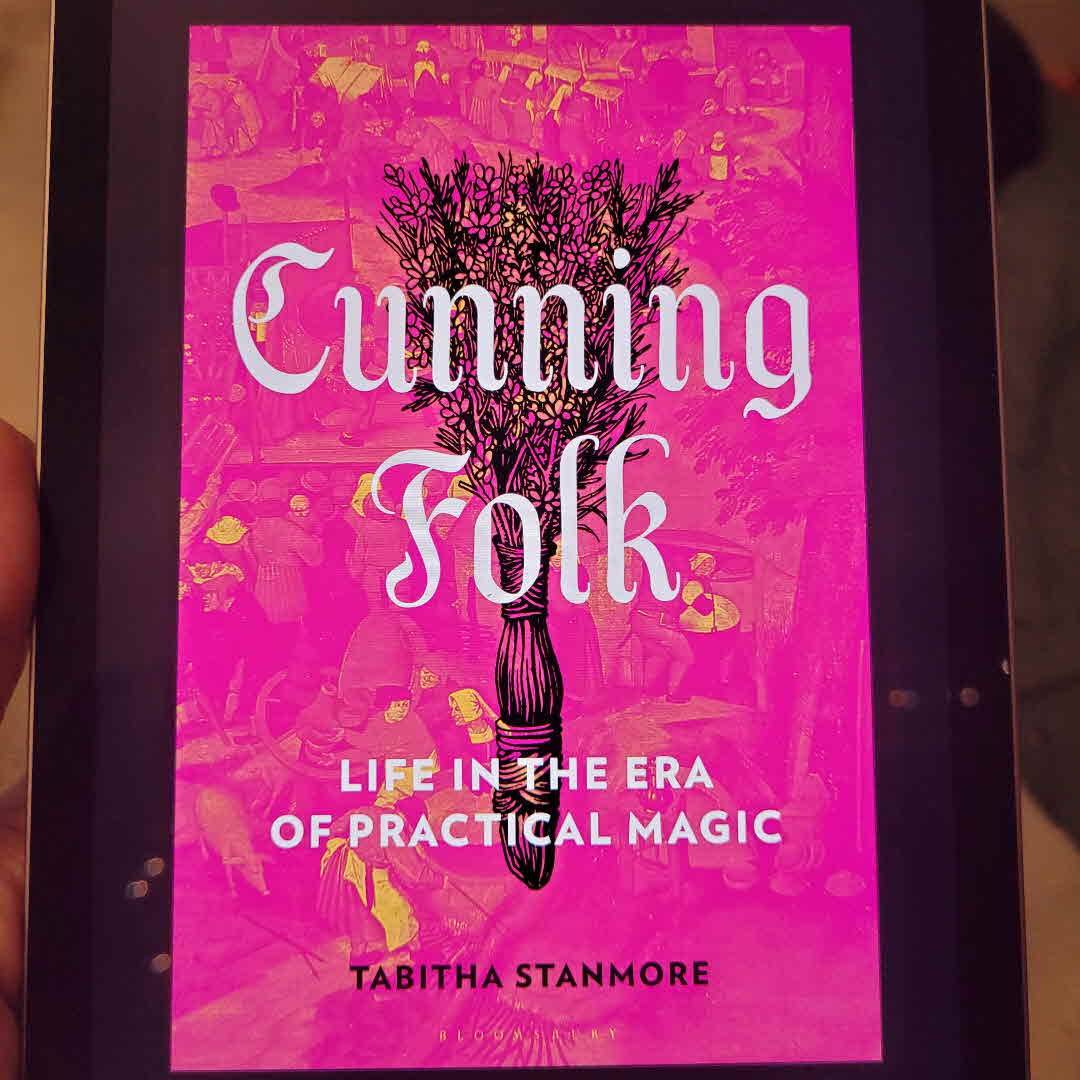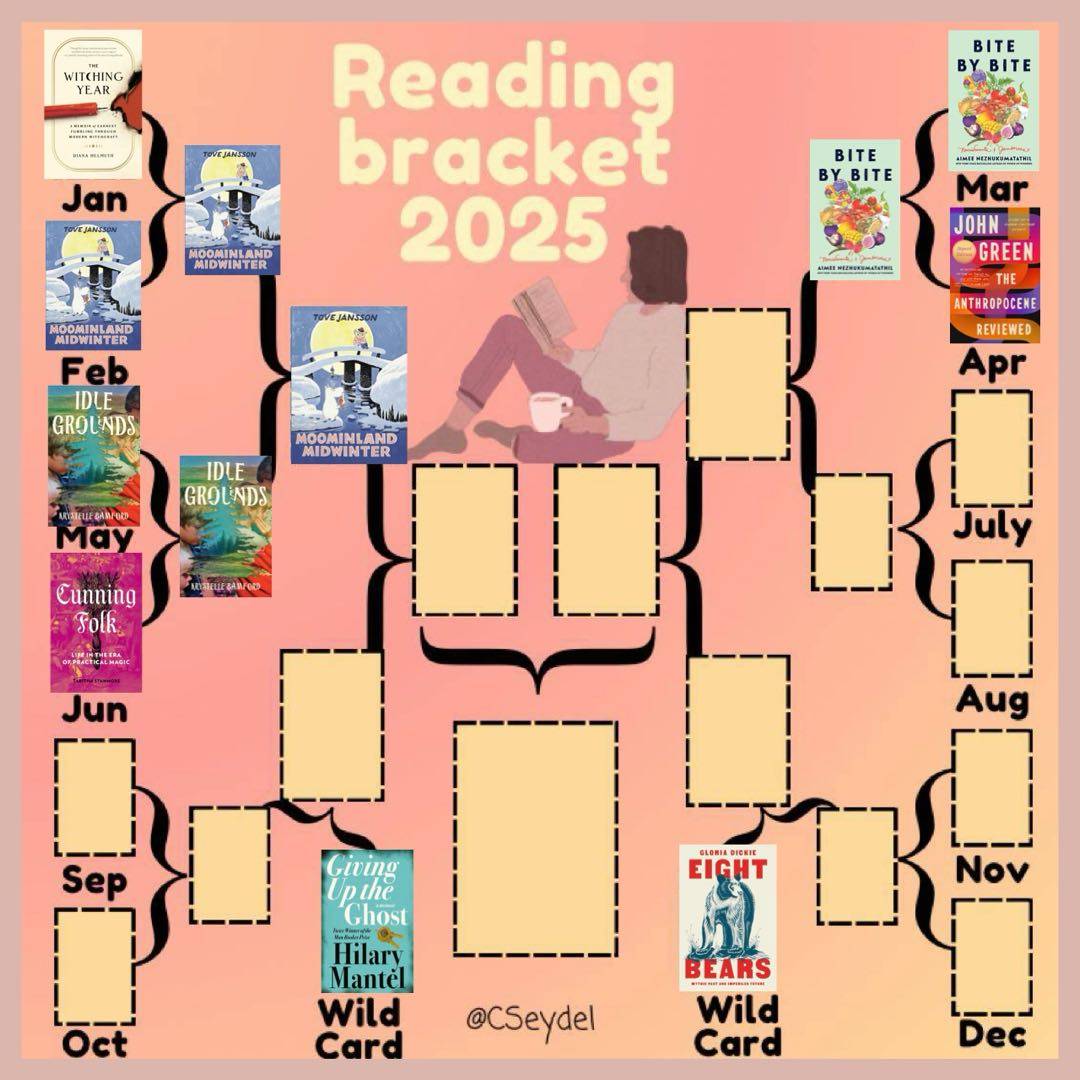
Stanmore couldn‘t have stood less of chance.
However, much as I loved Idle Grounds, Moominland knocked it out of the running on the left side of the board. AND, much as I loved Moominland, I expect my Wild Card to sideswipe it in the end.
The drama!!!
#2025ReadingBracket
#ReadingBracket2025






